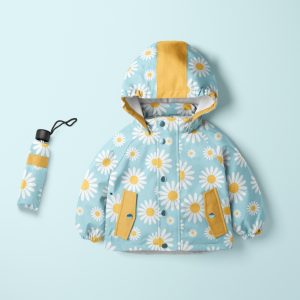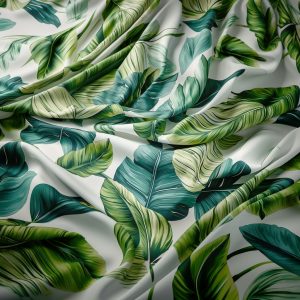Are you concerned about the planet’s welfare and whether ecology is a huge part of your everyday life? Then you are definitely looking for ecological fabrics with which you can fill your wardrobe and home. But which material is environmentally friendly and is cotton really as eco-friendly as they say?
Table of Contents
- The myth of ecological material
- Various materials and their impact on the environment
- Polyester
- How does polyester affect the environment?
- How to care for polyester?
- Viscose
- Viscose, rayon, modal or lyocell?
- Is viscose an environmentally friendly material?
- Linen and hemp
- Is linen an ecological fabric?
- Cotton
- Cotton plantations and ecology
- Pay attention to these ecological fabrics!
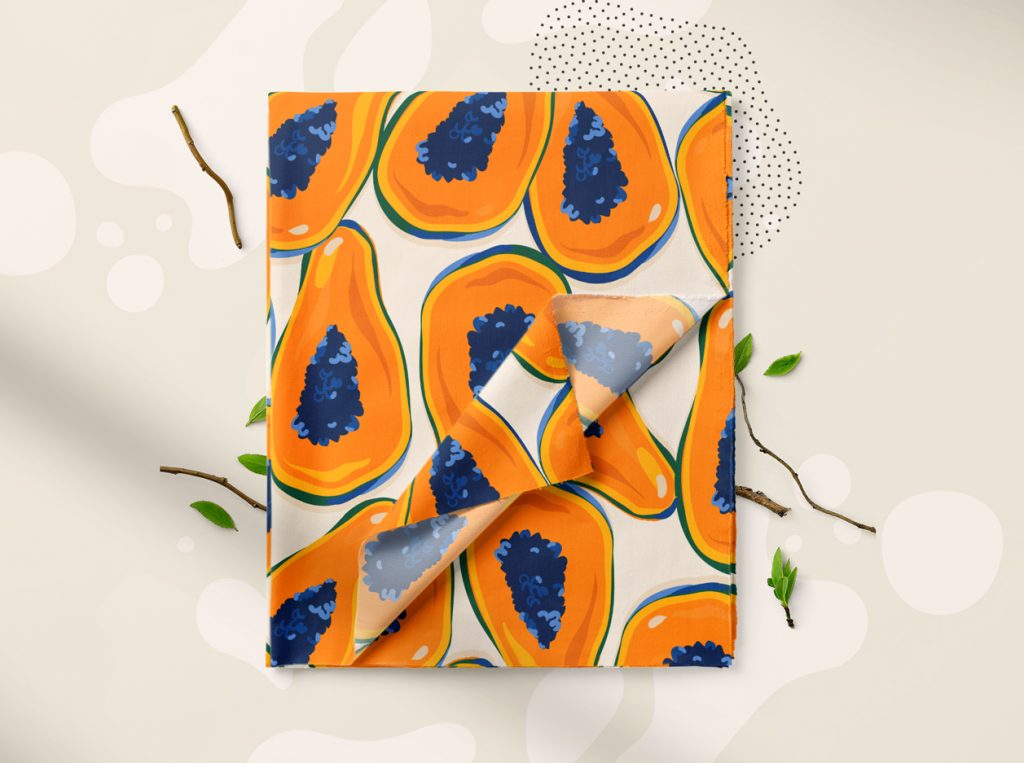
The myth of ecological material
At the very beginning, it is worth saying that there is no perfect, ecological material, the production process of which would not have an impact on the natural environment. The cultivation of eco-fashion favourites, i.e. natural fibres, uses huge amounts of water, and the crops themselves are sprayed with pesticides that pollute the ecosystem. Synthetic fibres, on the other hand, consume hundreds of millions of oil tankers each year. Then what to choose to take care of the environment?
Various materials and their impact on the environment
To choose the best material for the planet, it is necessary to look at the raw materials from which they are made and the production process itself. No textiles are made in a vacuum, and the textile industry is still at the forefront of global pollution producers. That is why, in order to choose the right, environmentally friendly material, it is necessary to be aware of how specific textiles are made and what is their impact on the environment.
Polyester
Polyester is not very famous in fashion. We associate it with cheap, rather cheesy-looking clothes, low-quality dresses, and above all, clothing that does not allow the skin to breathe. After all, polyester is the most widely used material and is responsible for as much as 80% of the total production of synthetic materials. Polyester is relatively easy and cheap to produce, which is why fast fashion brands use it so eagerly.
How does polyester affect the environment?
Polyester is produced from the planet’s non-renewable and organic resources, i.e. fossil gases. In a nutshell, polyester is a plastic that turns into fibres during the polymerization process. The process of producing plastic is unfortunately closely related to the fuel industry, which has a huge impact on climate change. Polyester, like other artificial fibres, is not so easily biodegradable and requires much more energy to produce than in the case of natural fibres. And if that was not enough, large amounts of microfibers fall off in the process of exploitation of synthetic materials. A large proportion is released during washing – studies show that 250,000 to 700,000 fibres are released during one wash cycle. All these microscopic plastic particles end up in the oceans.
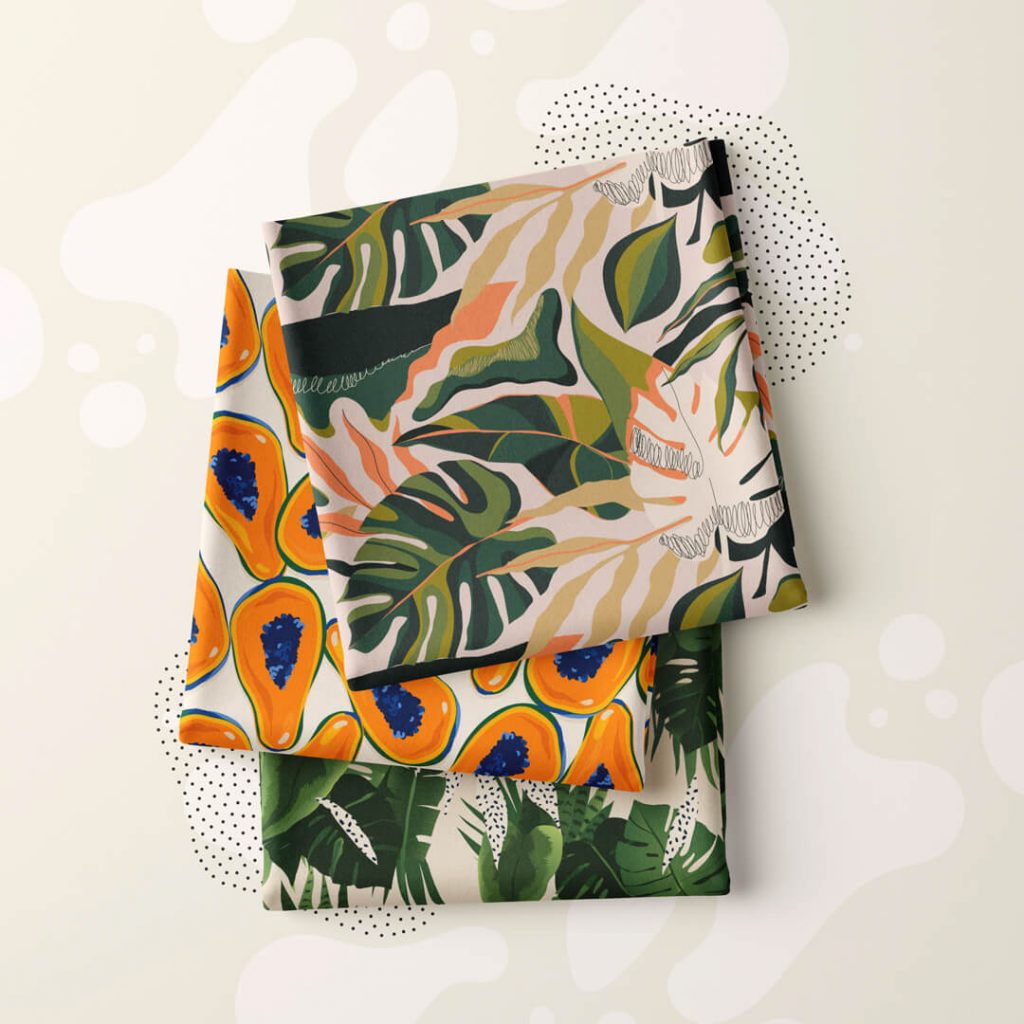
How to care for polyester?
Polyester may be low cost, but its environmental impact is significant. Therefore, if you decide to wear polyester or acrylic, take care of them like any other. For washing polyester things, you can buy a laundry bag that retains microfiber. Whenever you can, wash your polyester clothes by hand and don’t tumble dry them – machine washing is the main factor responsible for the spread of microfibers.
Viscose
Few people realize that viscose is a synthetic material. Although made from a natural raw material, i.e. cellulose, it is produced in a chemical process that has nothing to do with nature or ecology. Viscose can be found under several different names – sometimes called bamboo, modal, rayon or Tencel. All of the above are made of chemically dissolved beech, eucalyptus or bamboo wood. From the mass obtained in this way, cellulose yarn is made, which then turns into smooth, pleasant to the touch, slightly flowing fabrics, which often play the role of a cheaper silk substitute.
Viscose, rayon, modal or lyocell?
Viscose in the composition of clothing can be found under many different names. On the labels of European producers, we usually find viscose, and in American producers – rayon, although it is exactly the same raw material. Sometimes you may come across a modal – this one is worth paying attention to. Its production process consumes more energy than traditional viscose, but the modal is more durable and machine washable. Modal is largely produced by the giant of the viscose production market, the Austrian Lenzing concern.
Is viscose an environmentally friendly material?
Viscose can hardly be called an ecological material because its production process uses enormous amounts of energy resources. The production of viscose contributes more to global warming than the production of polyester. The process of producing viscose is also far from being economical – up to 70% of processed wood is wasted during the production of cellulose fibres. Of course, the viscose manufacturers are trying to make changes. The Lenzing concern produces an ecological variety of viscose known as EcoVero. However, the most ecological variety of viscose remains lyocell, also known as Tencel. Tencel is made of fast-growing eucalyptus trees, and the process itself does not release harmful chemicals into the environment.
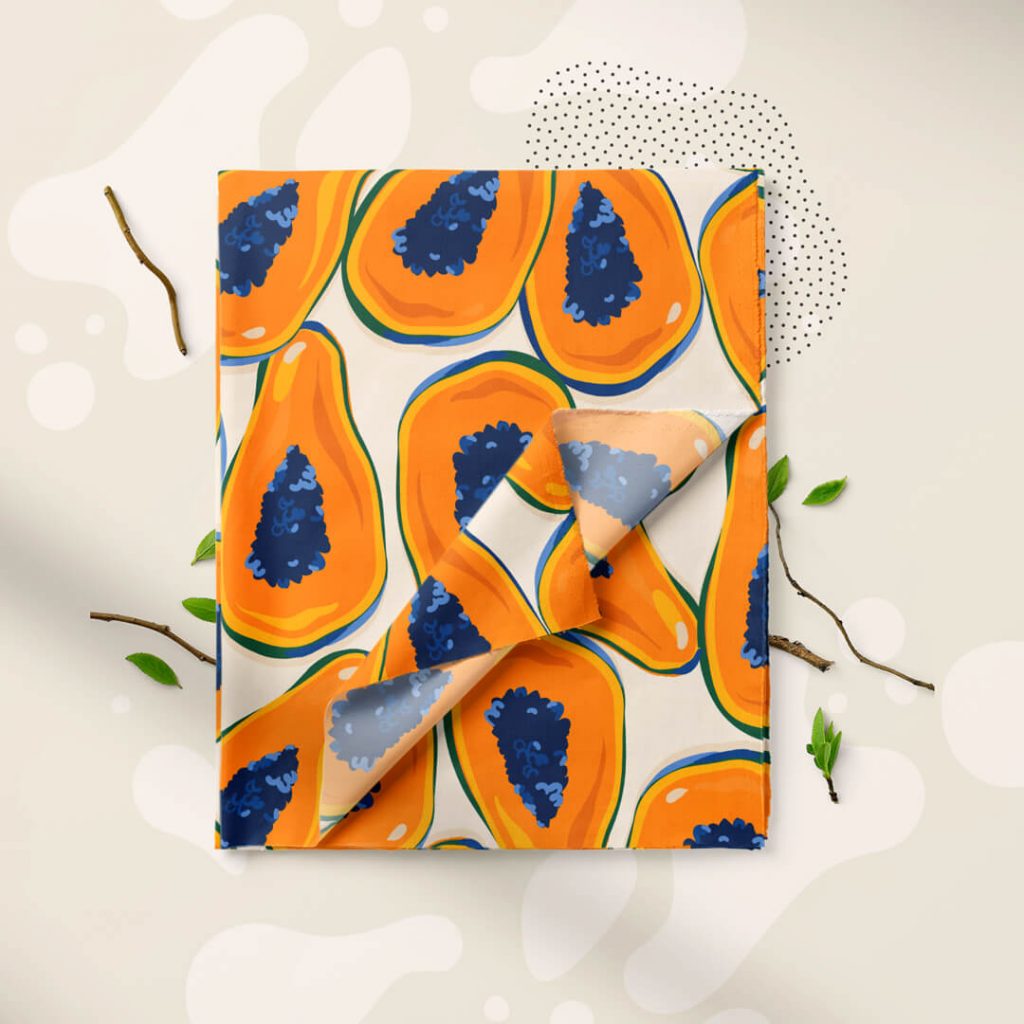
Linen and hemp
Linen, i.e. a rough and quite crumbling fabric, is made of a plant of the same name and belongs to the group of textiles made of stringy fibres. Linen is not a popular choice and accounts for only 1% of the total textile industry. Cannabis grows relatively fast and does not need any chemical boosters.
Is linen an ecological fabric?
Both linen and hemp are recommendable fabrics for people who want to surround themselves with environmentally friendly materials. However, linen is not a commonly used fibre – usually, you will find clothes with its admixture in the offers of clothing brands. However, 100% linen or hemp clothing has its big downside – it wrinkles when worn.
Cotton
Commonly known and liked, cotton is a completely natural fibre and constitutes as much as 24.5% of the global production of fabrics. The cultivation of cotton itself is not the easiest one – the fibre is very sensitive to flooding, drought, pests and weeds. Many growers use strong pesticides and chemical fertilizers. Many of the chemicals used in the cultivation of cotton have harmful effects on the environment and humans.
Cotton plantations and ecology
In addition to around 220,000 tonnes of pesticides and over 8 million tonnes of fertilizer per year, cotton crops use a significant amount of water. In order to produce the raw material sufficient for sewing one T-shirt, over 8,000 litres of water are needed. An ecological alternative to conventional cotton is organic cotton, which uses much less water, and no chemicals or pesticides are used. The cultivation of organic cotton is GMO-free and completely safe for the environment and the people living in their vicinity.
Pay attention to these ecological fabrics!
In your search for organic materials, be sure to pay attention to markings and certificates on textile products. For your own safety and the safety of the environment, choose non-toxic and chemical-free materials. Look for the OEKO-TEX Standard 100 markings on the material – this certificate guarantees that the material is tested for the presence of 100 chemicals that are most harmful to humans. If you choose polyester, nylon, wool, cashmere or cotton, look for the RCS Recycled Claim Standard markings. Recycled materials consume less energy and other resources in the production process. In the case of natural fibres, including linen, cotton, wool and silk, look for a certificate confirming the crops are free from chemicals and genetically modified organisms, i.e. with the GOTS mark.



